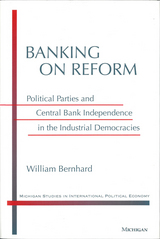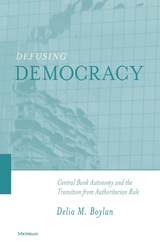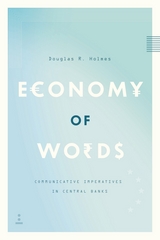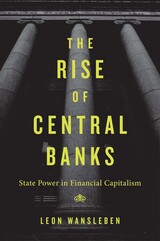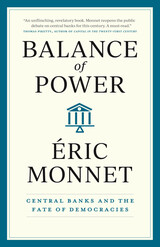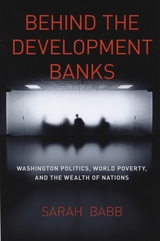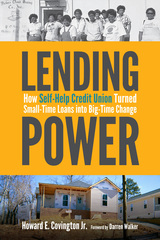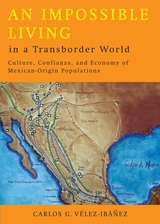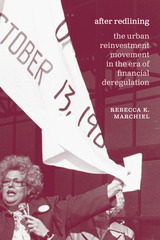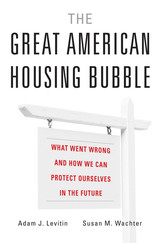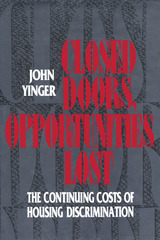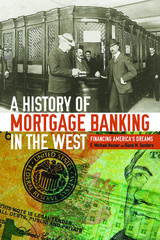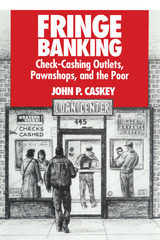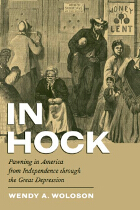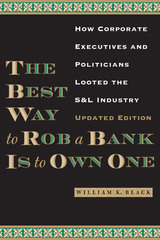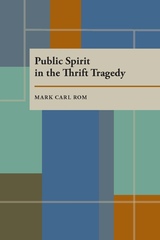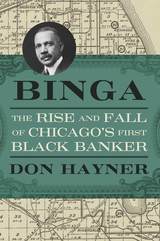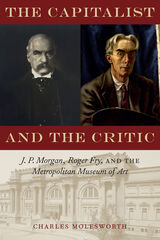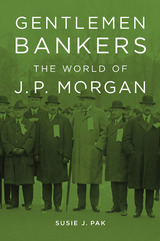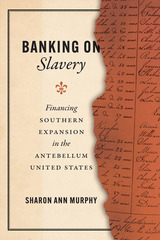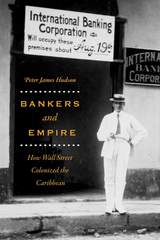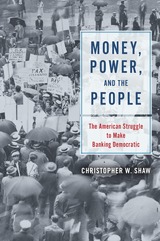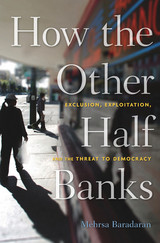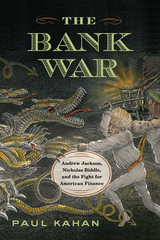Fringe Banking: Check-Cashing Outlets, Pawnshops, and the Poor
Russell Sage Foundation, 1994
Cloth: 978-0-87154-195-6 | eISBN: 978-1-61044-113-1 | Paper: 978-0-87154-180-2
Library of Congress Classification HG2101.C37 1994
Dewey Decimal Classification 332.74
Cloth: 978-0-87154-195-6 | eISBN: 978-1-61044-113-1 | Paper: 978-0-87154-180-2
Library of Congress Classification HG2101.C37 1994
Dewey Decimal Classification 332.74
ABOUT THIS BOOK | AUTHOR BIOGRAPHY | TOC
ABOUT THIS BOOK
"Cogently argued, fills an important gap in the literature, and is accessible to undergraduates." —Choice "Dismantles the mythology surrounding pawnshops and check-cashing outlets, and demonstrates that they are no longer on the fringe of our financial system but integral to it."—San Francisco Bay Guardian In today's world of electronic cash transfers, automated teller machines, and credit cards, the image of the musty, junk-laden pawnshop seems a relic of the past. But it is not. The 1980s witnessed a tremendous boom in pawnbroking. There are now more pawnshops thanever before in U.S. history, and they are found not only in large cities but in towns and suburbs throughout the nation. As John Caskey demonstrates in Fringe Banking, the increased public patronage of both pawnshops and commercial check-cashing outlets signals the growing number of American households now living on a cash-only basis, with no connection to any mainstream credit facilities or banking services. Fringe Banking is the first comprehensive study of pawnshops and check-cashing outlets, profiling their operations, customers, and recent growth from family-owned shops to such successful outlet chains as Cash American and ACE America's Cash Express. It explains why, despite interest rates and fees substantially higher than those of banks, their use has so dramatically increased. According to Caskey, declining family earnings, changing family structures, a growing immigrant population, and lack of household budgeting skills has greatly reduced the demand for bank deposit services among millions of Americans. In addition, banks responded to 1980s regulatory changes by increasing fees on deposit accounts with small balances and closing branches in many poor urban areas. These factors combined to leave many low- and moderate-income families without access to checking privileges, credit services, and bank loans. Pawnshops and check-cashing outlets provide such families with essential financial services thay cannot obtain elsewhere. Caskey notes that fringe banks, particularly check-cashing outlets, are also utilized by families who could participate in the formal banking system, but are willing to pay more for convenience and quick access to cash. Caskey argues that, contrary to their historical reputation as predators milking the poor and desperate, pawnshops and check-cashing outlets play a key financial role for disadvantaged groups. Citing the inconsistent and often unenforced state laws currently governing the industry, Fringe Banking challenges policy makers to design regulations that will allow fringe banks to remain profitable without exploiting the customers who depend on them.
See other books on: Check cashing services | Finance, Personal | Microeconomics | Poor | Poverty & Homelessness
See other titles from Russell Sage Foundation

